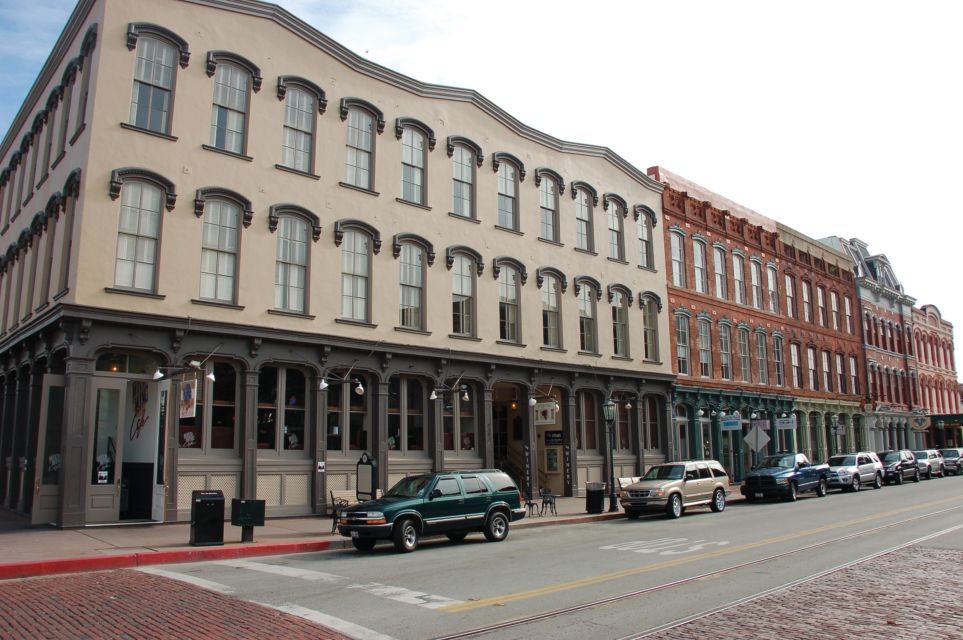Compact urban form is emerging as the central paradigm for sustainable cities, with New Urbanism and Smart Growth as its two very closely related flavors. Considerable research has been carried out on the social and economic benefits of smart growth, as well as some incipient research on the environmental benefits (Berke, 2003; Jacob and Lopez, 2006). But very little research, if any, has been carried out on those specific aspects of smart growth that might lead to greater resilience to coastal hazards.
If compact cities could be shown to be safer and more resilient, there would be direct policy implications for how coastal cities should grow and/or rebuild in the face of increasing hazards associated with global climate change. What follows is an exploration of how compact urban form might endow cities with greater resilience, recognizing that each of the questions posed requires much more research.
Smart growth is distinguished from conventional growth principally in that it has considerably higher population densities. There is no precise level of density specified for smart growth, but those areas touted as smart growth or new urban developments will often have densities as high as 10,000 people per square mile, with some as high as 20,000 people/sq mi or even much higher, versus 3,000 – 4,000 people/ sq mile in typical suburban developments. Many of the benefits that accrue from smart growth devolve from this increased density. Interestingly, a common planning recommendation in coastal hazardous areas is to reduce, rather than, increase density.
The discussion in this section is premised on the position that if a hazardous area is going to have some development, denser development will be safer than more diffuse development. From the environmental perspective, the most obvious benefit of compact growth is less open space is consumed by development. But the main attraction of smart growth is hardly its environmental dividend. Proximity and compactness, if well designed, confer a measure of urban vitality not achievable with conventional car-dependent, sprawling development. Using the pedestrian, versus the automobile, as the primary design standard results in a high level of residential and commercial diversity within relatively short distances and, therefore, much more interesting places. It is not necessary to extol the environmental benefits of smart growth to attract people to it. Examining the environmental and disaster-resistant features of smart growth is, however, of benefit to policy makers interested in the larger picture of sustainability and resilience.
Benefits:




